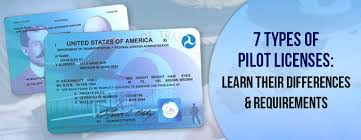Flying an aircraft is often considered the pinnacle of human achievement, blending art and science in a breathtaking dance through the skies. flight lessons los Angeles, the skilled individuals at the controls, play a crucial role in ensuring safe and efficient air travel. Let’s delve into the world of pilots, exploring their training, responsibilities, and the unique blend of skills required to soar among the clouds.
Training and Qualifications
Becoming a pilot is no small feat. It requires extensive training, dedication, and a passion for aviation. The journey typically begins with obtaining a private pilot license (PPL), which involves rigorous training in flight theory, aircraft operation, and navigation.
To advance, aspiring pilots pursue additional certifications such as the commercial pilot license (CPL), which allows them to fly for compensation or hire. This is often followed by the instrument rating (IR), which enables pilots to fly in low visibility conditions using instruments only.
For those aiming for the skies of commercial aviation, acquiring an airline transport pilot license (ATPL) is essential. This requires significant flight experience, including a minimum number of flight hours and passing comprehensive written and practical exams.
Responsibilities of a Pilot
The responsibilities of a pilot extend far beyond just flying the aircraft. Before each flight, pilots meticulously plan the route, considering weather conditions, air traffic, and fuel requirements. During the flight, they communicate with air traffic control, monitor the aircraft’s systems, and ensure the safety and comfort of passengers.
